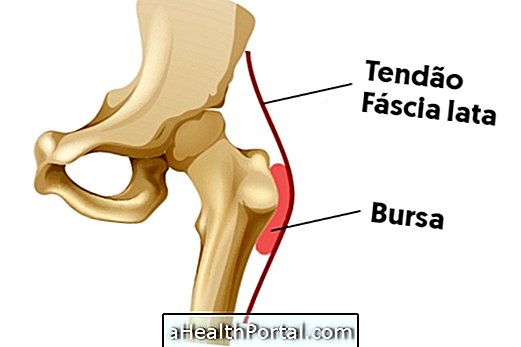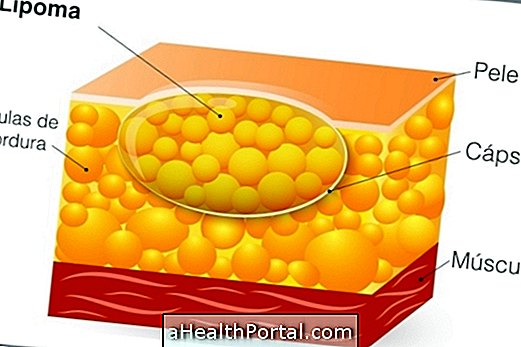Hepatic adenoma, also known as hepatocellular adenoma, is a rare type of benign liver tumor that is produced by altered levels of hormones and is therefore more common in women between the ages of 20 and 50 after pregnancy or due to prolonged use of oral contraceptives, for example.
Usually, hepatic adenoma produces no symptoms and therefore is almost always accidentally identified during a CT scan or ultrasound to try to diagnose another problem.
As it is not serious and is considered a benign tumor, the adenoma generally does not need any specific type of treatment, being only recommended to maintain surveillance with regular examinations, since, although it is very low, there is risk of becoming malignant or to break, originating internal bleeding.

Main symptoms
In most cases the liver adenoma does not cause any type of symptom, however, some people may report the presence of a mild and constant pain in the upper right region of the abdomen.
Although rare, the adenoma may rupture and become bleeding into the abdominal cavity. In these cases, it is common to feel very strong and sudden abdominal pain that does not improve and is accompanied by other symptoms of hemorrhagic shock such as increased heart rate, feeling faint or excessive sweating. If it is suspected that the adenoma has ruptured, it is advisable to go to the hospital immediately to stop the bleeding.
Know other signs that may indicate a hemorrhagic shock.
How is the diagnosis made?
Hepatocellular adenoma is almost always identified during an examination to diagnose another problem, so if this happens, it is recommended to consult a hepatologist for a more specific examination and to confirm the presence of the adenoma. The most commonly used tests include ultrasound, magnetic resonance imaging, or computed tomography.
During these tests, the doctor can also identify which type of hepatic adenoma to better target the treatment:
- Inflammatory : is the most common and presents a higher rupture rate;
- HNF1α mutation : it is the second most frequent type, with more than one adenoma in the liver;
- Β-catenin mutation : they are uncommon and arise mainly in men who use anabolic steroids;
- Not classifiable : it is a type of tumor that can not be included in any other type.
The doctor usually only recommends monitoring the size of the tumor, however, in the case of the inflammatory, for example, if you have more than 5 cm, the doctor may choose to have surgery to remove it completely.
How is the treatment done?
Since hepatic adenoma is almost always benign, the main form of treatment consists of constant monitoring of its size, through examinations such as computed tomography, magnetic resonance imaging or ultrasound only. However, if the adenoma arises in a woman who is using contraception, the doctor may advise discontinuing its use and opting for another contraceptive method, since the use of the pill may be contributing to the development of the tumor.
If the tumor grows over time or if it is larger than 5 cm, there is a greater risk of rupturing or developing cancer, so it is common for your doctor to recommend surgery to remove the lesion and prevent it from appearing complications. This surgery is usually quite simple and has little risk, being done with general anesthesia in the hospital.
If the adenoma has ruptured, the treatment used is also surgery, to stop bleeding and remove the lesion. In these cases, treatment should be started as soon as possible to avoid a large loss of blood, which can be life-threatening.
Possible Complications
There are two main complications of hepatic adenoma:
- Breakdown : occurs when tumor walls rupture due to excessive size increase or direct trauma to the liver, for example. When this happens, the tumor becomes bleeding into the abdominal cavity, which leads to an internal hemorrhage, endangering life. In these cases, it is common to feel a very intense and sudden pain in the abdomen. If this happens, it is very important to go to the hospital immediately to start treatment.
- Cancer development : This is the most rare complication, but it can happen when the tumor continues to grow and may undergo a transformation into a malignant tumor known as hepatocellular carcinoma. In these cases, it is important to make the early diagnosis to increase the chances of cure. Learn more about this type of tumor and how it is treated.
These complications are more common in tumors larger than 5 cm and, therefore, the treatment is almost always done with surgery to remove the lesion, however, they can also happen in smaller tumors, being therefore very important to maintain a regular surveillance in the hepatologist .





.jpg)

















